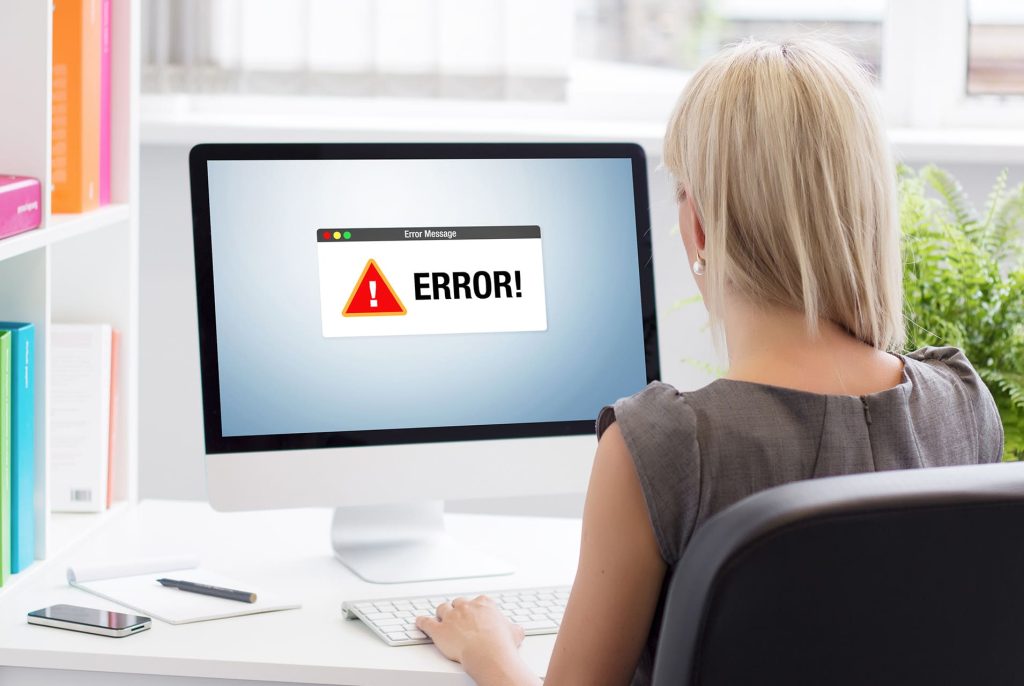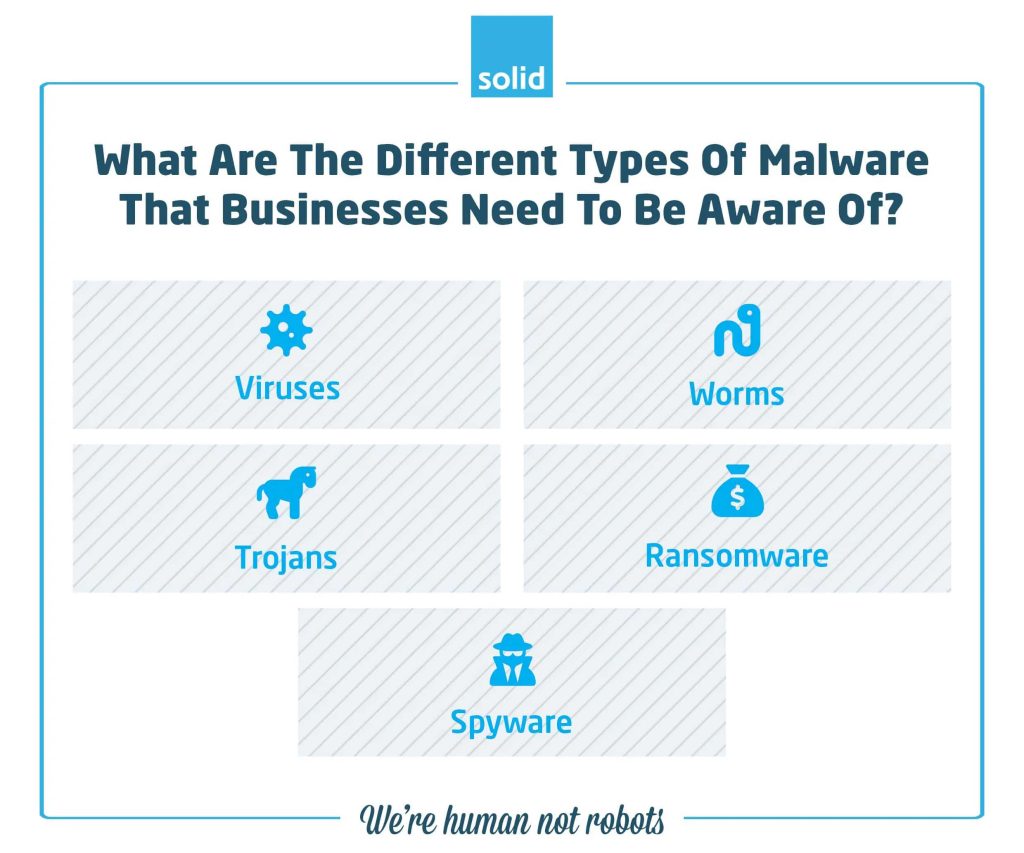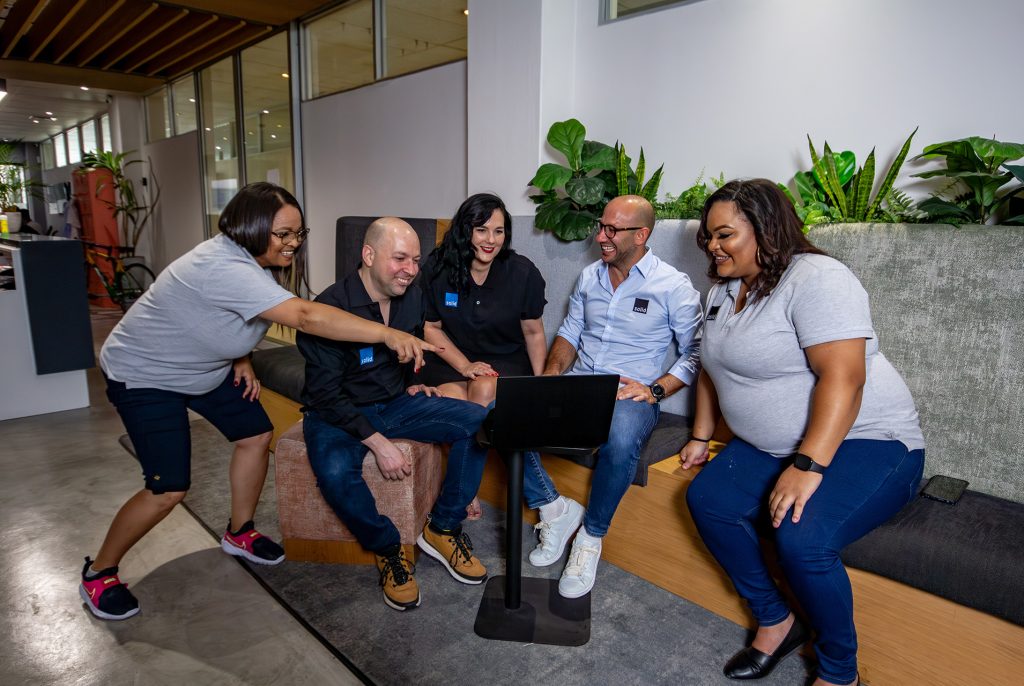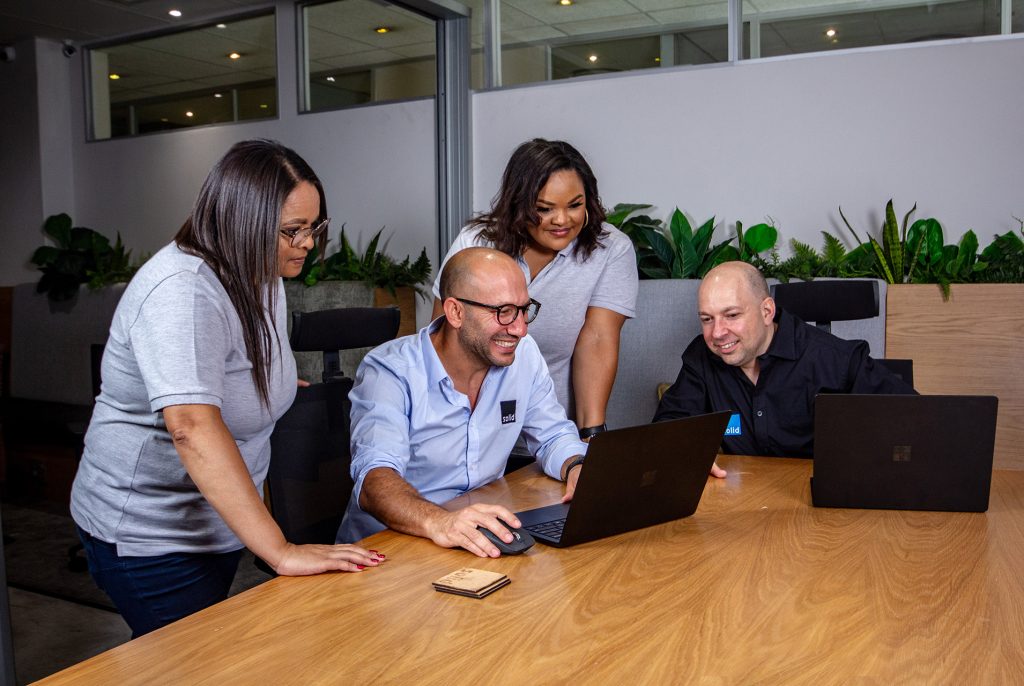
Back in the ‘90s and early ‘00s, all anyone could talk about when it came to online threats were viruses. There were Trojan viruses and Worms, and antivirus software like Norton and McAfee were must-haves for businesses and individuals wanting to protect themselves.
Now, malware is ‘all the rage,’ so to speak. It’s all that IT companies talk about – protecting yourself from malware and the attackers that use it to their advantage. Have viruses gone the way of the dinosaur? Are malware and viruses two terms for the same threat? What is the difference between malware and virus, and how can you protect yourself against both?
What Is Malware?
To understand the difference between viruses and malware, you need to understand each of the terms first. Malware is a portmanteau (combination) of the words malicious and software, and it does exactly what the name suggests. Malware can be any type of software that is used to attack your company, or you as an individual. It can include keylogging software which tracks the data you type into search bars and websites, adware which pretends to be legitimate software but gathers your data illicitly, scareware which makes you think your systems are infected and tricks you into downloading a ‘solution’ which is in fact the infection itself, and many, many more malicious pieces of software which place your data and operations at risk.
What is a Virus?
It’s not so much a case of malware vs virus. A virus is in fact a type of malware which replicates itself. Much as a disease can spread through your body, a computer virus spreads through your device, network and systems, making it difficult to track down and remove in its entirety. Though we don’t talk as much about viruses as we did 20 years ago, they are still a legitimate threat to business operations. It’s just that the landscape of threats has expanded dramatically, to the point where viruses are just one method of attack among a myriad of cyber security threats that need to be prevented and protected against.
What Impact Can Malware Or A Virus Have For Your Business?
Over the past few years, we have witnessed cyber security attacks getting worse and worse. Where once it was enough to have antivirus software installed on business devices, the threats that are facing companies have become more varied and far more sophisticated than a program like Norton or McAfee can detect or prevent. These types of antivirus software rely on a database of known malware and software vulnerabilities, which they then recognise and warn you of when they are installed on your devices. But often malware is only detected after the damage has already been done. And the damage for a business can be devastating.
A single cyberattack or data breach can cost a company upwards of $4.45 million (over R80 million at the current exchange rate). And that’s largely made up of amounts that are paid for data to be recovered, either from the attacker themselves, or through last-minute data restoration. Then there are the fines that can be incurred if personal data becomes leaked or compromised, and the damage to your reputation when your customers learn about the attack.
What Are The Different Types Of Malware That Businesses Need To Be Aware Of?

Rather than focusing on the difference between viruses and malware, it’s important to realise that malware comes in so many different forms, including viruses, and that protecting against just one of them can leave a business vulnerable to attack. This is why antivirus software has become far less effective than it used to be – the scope of attack that it can detect is far too narrow. Instead, there has been a rise in multi-faceted cybersecurity tools like Defender for Microsoft. Some of the malware that carry the most risk and have been used in recent attacks include:
• Viruses
A piece of software that attaches itself to legitimate apps and tools and replicates itself when those tools are used.
• Worms
Another replicating piece of malware, but this one doesn’t need a user to interact with it in order to spread itself. As soon as a worm is downloaded, it spreads across not just a single device, but over an entire network, taking advantage of system and app vulnerabilities.
• Trojans
Much like the gift horse from Greek mythology, a Trojan looks like a legitimate or useful piece of software, or a valuable tool, until it is ‘let in’ or installed on a system.
• Ransomware
What sets ransomware apart from other malware is the intent behind it – to gather critical data and hold it hostage, either by migrating it to an environment that the attacker controls, by encrypting it or making it otherwise inaccessible, or by corrupting it. Even unsuccessful ransomware attacks, where a business doesn’t pay the demands to the attacker, can bring a company’s operations to a halt while the data is retrieved, recovered or restored.
• Sypware
Much like ransomware, what sets spyware apart is less how it works than what it is used for. The aim behind spyware is to go undetected for as long as possible, gaining access to vast amounts of information over time, until the attacker has enough data to launch a devastating attack. Spyware often involves an attacker tracking login credentials, accessing keystroke history or spying on communications.
How Can You Prevent Malware Attacks?
So, if it’s not a case of virus vs malware, and if antiviruses aren’t an effective method of protection any longer, what steps can you take to prevent attacks and lower the risk that your business faces?
There are a number of different areas to focus your security efforts, and working with an established and experienced technology partner like Solid Systems can be a huge asset in making sure that you’re putting the right tools and solutions in place to boost areas like your:
• Website Security
Your website is the core of your online presence. It’s how you attract new business, but it’s also how your existing customers and clients access your services and engage with your company. A compromised website is dangerous because it can compromise not just your business, but your customers as well, resulting in a devastating impact on your reputation.
• App Security
Every app that your teams use adds to your overall risk if not managed effectively. App security not only means keeping the apps that your teams use regularly updated to prevent vulnerabilities. It also means monitoring the permissions that apps require, the data that they can access, and regularly removing permissions for apps that are no longer in use.
• Device Security
More and more, businesses are embracing Bring Your Own Device (BYOD) policies which allow their humans to use their own PCs, laptops, tablets and phones to access company data. There are plenty of advantages to this in terms of accessibility, but it can make device management more difficult, as it increases the number of endpoints that need to be secured, maintained and updated, and because this maintenance often ends up falling on the humans themselves, rather than having an IT team who can implement updates across the board.
• Email Security
Email is an inherently insecure platform, and one that attackers have been taking advantage of for decades. The past few years have seen significant rises in phishing and social engineering attacks that involve spoofing addresses, deposit fraud and convincing humans to download malware from fake links and attachments. This makes email security tools and training critical to your company’s protection.
5 Signs That You May Have A Malware Infection, And What To Do About It
Malware is designed to go undetected for as long as possible. This makes it difficult to tell when a device has become infected, but it is not impossible, especially if you’re using Microsoft Defender, which is designed to not only detect malicious software, but to prevent it from being downloaded in the first place. Defender also uses machine learning to detect unusual activity patterns and alert you to potential attacks.
If you are concerned about a malware infection, signs that you can look out for include:
- Devices running sluggishly, or performance suddenly deteriorating,
- An influx of ads and popups that come up even when you aren’t using your browser,
- Unexplained increases in data or resource usage,
- Changes to your browser or desktop, like a new default homepage or background,
- Alerts and warnings from your security software.
If you do suspect that your machine is infected, your first step should be to contact your IT support team or technology partner. They will be in the best position to help you:
• Runs Scans
It’s critical to thoroughly scan not just your own device, but any devices that have access to company data, cloud servers and infrastructure, your website, and your storage platforms. This can help with early detection and attack prevention.
• Update Apps and Software
It’s not always easy to tell which apps your teams are using. Shadow IT is a phenomenon which sees humans installing apps and tools that help them to work more efficiently, but make maintenance more difficult for your IT team. A Cloud Access Broker can help you to manage software and app updates more effectively, and control the access that apps have to your critical business data.
• Change your passwords
If there is any chance that your login credentials have become compromised, one of the first steps to take as a precaution is changing your passwords. Use unique login details for every platform, taking advantage of tools like Password Managers to keep better track of them, and make sure that they are as secure as possible. But even a secure password can be compromised, particularly if spyware has been installed on your device. This is why you also need to…
• Enable Multi-Factor Authentication (MFA)
Having login requests validated by sending a unique PIN code to your phone, for example, is an effective layer of security. You could have it sent to another platform, like an email address, but it would be far more difficult for an attacker to gain access to a physical device (which in itself can be protected with fingerprints, pattern recognition or a different password), than it would be to hack into an email address.
How Can Solid Systems Help?
If you’ve reached the end of this article, you’ve likely already realised that the difference between malware and virus means very little in the grander scheme of things. What you really need to be concerned with is protecting your business against a wider array of threats. And this is where you need a technology partner like Solid Systems by your side.
Over the past twenty years, we have specialised in helping businesses to protect themselves against cyber threats by putting world-class security solutions in place, by training businesses in email security best practices for protecting themselves, and by helping them to form Disaster Recovery Plans which ensure that even if they do fall victim to an attack, their business operations can bounce back in no time with the help of cloud backups.
If you are ready to step into the future with confidence, with the peace of mind that your technology is protected, then Solid Systems is the right Managed IT Services partner for you. Schedule a free consult today to learn more about the types of cyber security solutions that Solid Systems can put to use for your business.
Frequently Asked Questions (FAQs)
Not at all. Viruses are just one type of malicious software, or malware, out there. This is part of why security programs which focus solely on viruses, have gone out of date – there are so many more threats that need to be protected against, and viruses are just a small portion of them.
Malware is designed to go undetected for as long as possible. This makes it difficult to tell when a device has become infected, but it is not impossible. There are a few signs that you can look out for, which include:
- Devices running sluggishly, or performance suddenly deteriorating,
- An influx of ads and popups that come up even when you aren’t using your browser,
- Unexplained increases in data or resource usage,
- Changes to your browser or desktop, like a new default homepage or background,
- Alerts and warnings from your security software.
Not quite. Because viruses are just one type of malware, scanning for viruses on their own can exclude a lot of different types of malicious software. The good news is that most modern security software won’t just look for viruses, but will scan for different types of malware as well.
Popular Searches
- 5 Types Of Malware
- 10 Examples of cyber attacks
- Advance Threat Protection
- Security Tips for Working Remotely
- Types of Network Security and Solutions
- Different Types of Cloud Storage
- Cloud Storage vs Cloud Backup
- Data Integrity Threats
- Network Security Threats
- Cybersecurity in Bankings
- Email Security Solutions
- CyberSecurity Do's and Don'ts





